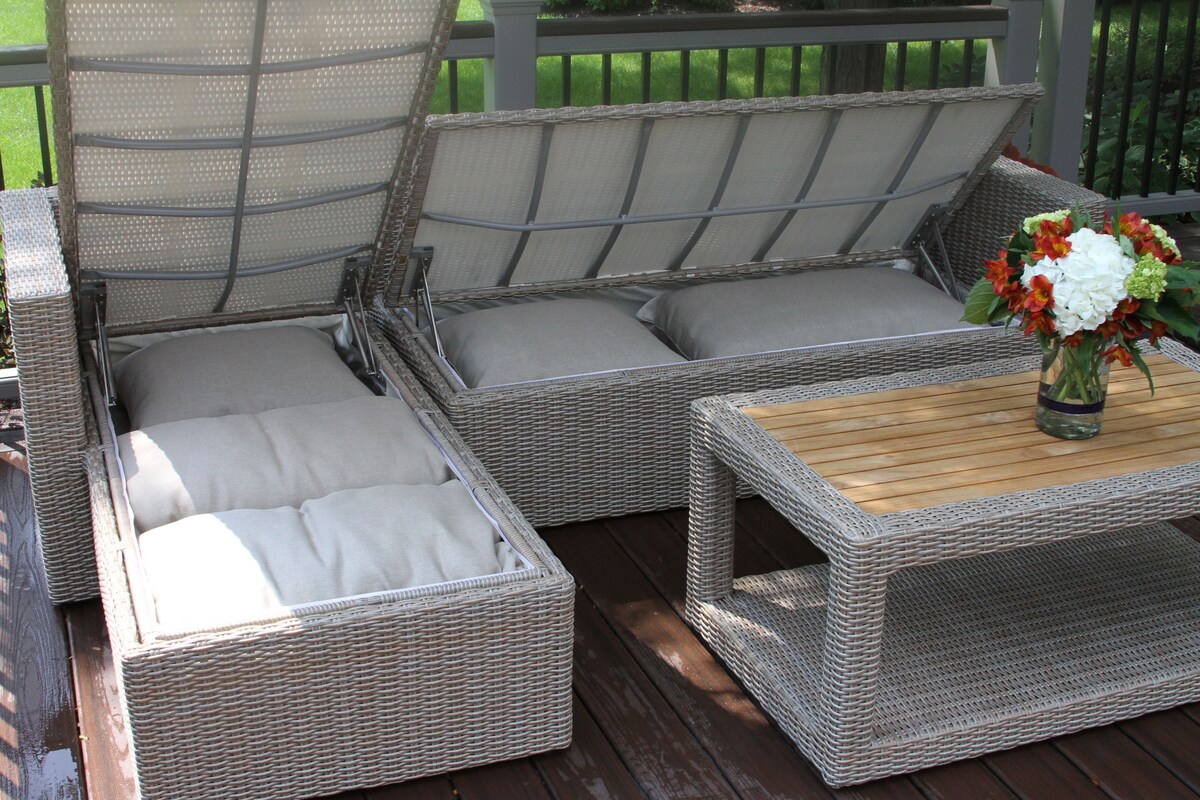

Articles
How To Store Patio Furniture
Modified: January 19, 2024
Looking for articles on how to store patio furniture? Discover expert tips and advice for safely storing your outdoor furniture to keep it in pristine condition.
(Many of the links in this article redirect to a specific reviewed product. Your purchase of these products through affiliate links helps to generate commission for Storables.com, at no extra cost. Learn more)
Introduction
As the seasons change and the weather turns colder, it’s time to start thinking about storing your patio furniture. By properly preparing and storing your outdoor furniture, you can protect it from the harsh elements and ensure its longevity. In this article, we will guide you through the process of storing your patio furniture, from assessing its condition to cleaning and disassembling it, as well as providing tips on choosing the right storage space and protecting your furniture from damage.
Before diving into the specifics, it’s important to understand the benefits of storing your patio furniture properly. Not only does it help prolong the lifespan of your outdoor furniture, but it also saves you money in the long run. By protecting your furniture from the elements, you can avoid costly repairs or having to invest in new furniture every season.
Additionally, properly stored patio furniture reduces the time and effort spent on cleaning and maintenance when it’s time to use it again. Storing your furniture also helps to keep it looking clean and fresh, ready to be enjoyed when the weather warms up again.
Whether you have plastic, metal, or wooden patio furniture, the storage process remains relatively the same for all types. By following a few simple steps, you can ensure that your furniture withstands the winter months and is ready to be enjoyed the following spring.
So, let’s get started with assessing your patio furniture to determine its current condition and any potential repairs that might be needed before storing it away.
Key Takeaways:
- Properly storing patio furniture ensures longevity, saves money, and reduces cleaning time. Assess, clean, disassemble, and protect your furniture to enjoy hassle-free outdoor relaxation in the future.
- Choose the right storage space, organize and label your furniture, and follow safety tips for efficient storage. Protect your investment and enjoy a seamless transition to outdoor enjoyment with well-prepared patio furniture.
Read more: How To Store Patio Furniture In Winter
Assessing Your Patio Furniture
Before you start preparing your patio furniture for storage, it’s important to assess its condition and identify any repairs or maintenance tasks that need to be done. By doing so, you can address any issues and ensure that your furniture is in optimal condition for storage.
Start by thoroughly inspecting each piece of furniture. Look for any signs of damage, such as cracks, tears, or rust. Pay extra attention to the joints and connections of the furniture, as these areas are more prone to wear and tear.
If you notice any minor damages, such as loose screws or small cracks, address them as soon as possible. Tighten loose screws, replace damaged or missing parts, and repair small cracks using appropriate materials like wood filler or metal bonding adhesive.
For more extensive repairs, consider seeking professional help or consulting the manufacturer’s instructions for guidance. They may have specific recommendations for repairing and maintaining your patio furniture.
Once you have assessed the condition of your furniture and made any necessary repairs, it’s time to move on to the next step: cleaning and preparing your patio furniture for storage.
Cleaning and Preparing Patio Furniture for Storage
Before storing your patio furniture, it’s crucial to give it a thorough cleaning. This not only helps to remove dirt, grime, and debris but also prevents the buildup of mold and mildew during storage. The cleaning process will vary depending on the material of your furniture, so let’s dive into the specific steps for each type:
- Plastic furniture: Start by removing any cushions or accessories. Use a mild soap and water solution to scrub the furniture, focusing on any stubborn stains. Rinse thoroughly and allow it to dry completely. For added protection, apply a layer of automotive wax to create a barrier against dirt and moisture.
- Metal furniture: Use a mild detergent and warm water to clean metal furniture. Scrub with a soft brush or sponge to remove any dirt or rust. Rinse thoroughly and dry completely to prevent any moisture that could cause rust. If you notice any scratches or chips in the paint, touch them up with matching paint or add a protective layer of wax.
- Wooden furniture: Start by removing any cushions or fabric. Use a mixture of mild soap and water to clean wooden furniture, scrubbing gently with a soft brush or sponge. Rinse thoroughly and allow it to dry completely. For added protection, you can apply a wood sealer or outdoor furniture oil to nourish the wood and create a protective layer against moisture.
Regardless of the material, it’s essential to ensure that your furniture is completely dry before storing it. Any leftover moisture can lead to the growth of mold or mildew, causing damage to your furniture. If necessary, you can use a towel or a gentle fan to speed up the drying process.
In addition to cleaning, it’s also important to consider the storage location for your patio furniture. Let’s explore some factors to keep in mind when choosing the right storage space.
Choosing the Right Storage Space
When it comes to storing your patio furniture, choosing the right storage space is crucial to ensure its safety and longevity. Here are some factors to consider when selecting the storage location:
- Indoor storage: If you have enough space inside your home, consider storing your patio furniture indoors. This provides optimal protection from the elements. Choose a dry and climate-controlled area such as a basement, garage, or storage room. Make sure there is enough space to accommodate the size of your furniture and consider using furniture covers or blankets to provide extra protection.
- Outdoor storage shed: If you have a shed or a dedicated outdoor storage space, it can be a suitable option for storing your patio furniture. Make sure the shed is weatherproof and has good ventilation to prevent moisture buildup. If the shed is not insulated, consider using furniture covers and placing plastic sheets or tarp on the floor to protect it from moisture.
- Covered patio or deck: If you don’t have additional indoor or outdoor storage space, you can opt to cover your patio furniture and leave it on your covered patio or deck. However, keep in mind that even with a cover, your furniture may still be exposed to some moisture and temperature fluctuations. Use high-quality furniture covers that are waterproof and UV resistant, and secure them properly to prevent wind damage.
When choosing a storage space, ensure that it is clean and free from any pests. Pests can cause damage to your furniture, so take preventative measures such as sealing any cracks or openings and using pest repellents if necessary.
Now that you have chosen the right storage space, let’s discuss how to disassemble and store your patio furniture to maximize space and protect it from damage.
Disassembling and Storing Patio Furniture
Disassembling your patio furniture before storage not only helps to maximize space but also reduces the risk of damage during transportation and storage. Here are some general steps to follow when disassembling and storing your furniture:
- Read the instructions: If you still have the instruction manual for your furniture, refer to it for guidance on how to disassemble and store each piece. If not, try to find online resources or contact the manufacturer for assistance.
- Remove cushions and fabric: Take off any cushions, pillows, or fabric covers from the furniture. Clean them separately following their specific care instructions, and store them in a dry and clean place.
- Unscrew or detach: If your furniture has screws or detachable parts, use the appropriate tools to loosen and remove them. Keep all small parts, such as screws and bolts, in a labeled bag or container to prevent them from getting lost.
- Fold or collapse: If applicable, fold or collapse your furniture to minimize its size. This will make it easier to store and save space in your storage area.
- Secure and protect: Once disassembled, use zip ties or bungee cords to secure any loose parts together. This prevents them from shifting or moving during storage. Additionally, wrap the furniture with moving blankets or bubble wrap to provide an extra layer of protection against scratches or dents.
When storing your furniture, try to arrange it in a way that maximizes available space. Stack chairs or tables vertically, and place larger pieces at the bottom. Avoid placing heavy items on top of delicate or fragile pieces to prevent damage.
Remember to label each piece to easily identify and retrieve them when it’s time to reuse your patio furniture. This will save you time and effort during the setup process for the next season.
Now that your furniture is disassembled, secured, and ready for storage, let’s discuss how to cover and protect it for added protection.
To store patio furniture, clean and dry it thoroughly, then cover or store it in a dry, sheltered area to protect it from the elements and extend its lifespan.
Covering and Protecting Patio Furniture
Properly covering and protecting your patio furniture is essential to safeguard it from dirt, dust, UV rays, and other potential damage during storage. Here are some steps to follow when covering and protecting your furniture:
- Choose high-quality covers: Invest in durable, weather-resistant furniture covers that are specifically designed for your type of furniture. Look for covers that are waterproof, UV resistant, and breathable to prevent mold and mildew from growing.
- Cover each piece individually: Before covering, ensure that your furniture is clean and completely dry. Cover each piece individually, making sure the cover fits snugly and securely. Use straps or drawstrings, if provided, to ensure a tight fit.
- Secure covers with clips or elastic: To prevent covers from blowing away or sliding off during strong winds or storms, use clips or elastic bands to secure them in place. This will help to keep your furniture protected and prevent any damage.
- Consider additional protection: In addition to covers, consider using other protective measures, depending on the specific needs of your furniture. For example, you can place waterproof tarps on the floor or use furniture pads or felt protectors on any delicate or fragile parts to prevent scratches or dents. Use caution with plastic sheeting, as it can trap moisture and lead to mold or mildew growth.
- Monitor and maintain: Periodically check on your covered furniture during storage to ensure the covers are in place and securely fastened. If you notice any signs of damage or potential issues, address them promptly to prevent further damage.
By taking these steps to cover and protect your patio furniture, you will effectively shield it from the elements and prevent unnecessary wear and tear. This will ensure that your furniture remains in excellent condition and ready to use when the warmer weather returns.
Now that you know how to cover and protect your furniture, let’s move on to discussing how to store patio furniture cushions and fabrics.
Storing Patio Furniture Cushions and Fabrics
Patio furniture cushions and fabrics require special attention when it comes to storage. Properly storing them will help maintain their quality and extend their lifespan. Follow these steps to ensure your cushions and fabrics are stored correctly:
- Clean and dry: Start by thoroughly cleaning your cushions and fabric covers according to their specific care instructions. Remove any stains or dirt and allow them to dry completely. This will prevent any mold or mildew growth during storage.
- Ensure proper ventilation: It’s important to store cushions and fabrics in a well-ventilated area to prevent the buildup of moisture. Avoid storing them in plastic bags or airtight containers, as this can trap moisture and lead to mold or mildew. Instead, use breathable storage bags or containers made of fabric or natural materials.
- Keep fabrics away from direct sunlight: Exposure to direct sunlight can cause fading and damage to fabrics over time. Store your cushions and fabric covers in a location that is not exposed to harsh sunlight.
- Separate and label: If you have multiple sets of cushions or fabric covers, it is advisable to store them separately and label them accordingly. This will make it easier to locate and retrieve the specific cushions or covers you need when the time comes to use them again.
- Avoid moisture and pests: To protect your cushions and fabrics from moisture and pests, consider using moisture-absorbing products like silica gel packets or even cedar chips, which act as natural repellents for insects.
Remember to take into account any additional care instructions specific to your cushions and fabric covers. Some materials may require additional steps or precautions to ensure their longevity and quality.
By following these guidelines, you can ensure that your patio furniture cushions and fabric covers remain in excellent condition and ready for use when the outdoor season returns.
Now that you’ve learned how to store your patio furniture and its accompanying cushions and fabrics, let’s explore some tips for safe and efficient storage.
Organization and Labeling
Organizing and labeling your stored patio furniture is essential for easy retrieval and efficient use in the future. By implementing a systematic approach, you can save time and effort when it’s time to bring out your furniture again. Here are some tips for organizing and labeling your stored patio furniture:
- Categorize by furniture type: Group your furniture by type, such as chairs, tables, loungers, or umbrellas. This will help you locate specific pieces more easily when you need them.
- Arrange by size and shape: Within each furniture category, organize the pieces by size and shape. Stack chairs or tables of similar sizes together, and place larger items at the bottom to optimize space.
- Label clearly: Use durable, weather-resistant labels to clearly mark each piece of furniture and its components. Include information such as the type of furniture, any specific instructions or warnings, and which set it belongs to if applicable. This will make it easier to identify and retrieve the correct items when needed.
- Create an inventory list: Keep a detailed inventory list of all your stored patio furniture. Note down the quantity, description, and location of each item. This will serve as a reference and help you keep track of your furniture collection.
- Consider a storage map: For larger storage areas or if you have multiple storage locations, create a storage map or diagram. This can be a simple sketch or a digital file that shows the layout of your storage space and indicates where each piece of furniture is located.
Additionally, consider taking photos of your patio furniture before storing it. This documentation can serve as a visual reference, especially if you plan to rearrange or add new furniture to your collection in the future.
By organizing and labeling your stored patio furniture, you will maintain an orderly storage space and be able to easily locate and retrieve your furniture when the time comes to enjoy the outdoors again.
Now that you’re equipped with tips for organizing and labeling, let’s explore some additional tips for safe and efficient storage of your patio furniture.
Tips for Safe and Efficient Storage
When it comes to storing your patio furniture, there are a few additional tips you can follow to ensure safe and efficient storage. These tips will help protect your furniture from damage and make the process more organized. Here are some key tips to consider:
- Keep furniture off the ground: To prevent moisture damage, place a layer of pallets, wooden boards, or even plastic sheets on the floor of your storage space. This will elevate your furniture off the ground and provide some insulation against moisture.
- Avoid stacking too high: While optimizing space is important, avoid stacking your furniture too high. The weight of stacked furniture can cause damage to the bottom pieces. If you must stack higher, ensure that the heaviest and sturdiest items are at the bottom.
- Secure loose cushions and accessories: If you have loose cushions, pillows, or accessories, secure them together or store them in a designated container or bag. This will prevent them from getting misplaced or damaged during storage.
- Rotate furniture: If possible, rotate your furniture periodically during storage to minimize the risk of wear and tear on certain areas. This will help distribute the weight and pressure evenly, prolonging the life of your furniture.
- Maintain proper airflow: Ensure that there is adequate airflow around your stored furniture. Good ventilation helps prevent the buildup of moisture and minimizes the risk of mold or mildew growth.
- Check furniture periodically: While your furniture is in storage, take the time to periodically check on it. Look for any signs of damage, pests, or moisture. Taking proactive measures will prevent potential issues from escalating and causing further damage.
- Consider climate-controlled storage: If you live in an area with extreme weather conditions, it may be worth considering climate-controlled storage for your patio furniture. This will help protect it from temperature fluctuations and humidity, ensuring its longevity.
By following these tips, you can ensure that your patio furniture remains safe, well-preserved, and ready for use in the upcoming seasons.
With the end of the storage process in sight, let’s conclude our guide on how to store patio furniture.
Read more: How To Refinish Patio Furniture
Conclusion
Properly storing your patio furniture is essential for maintaining its condition and prolonging its lifespan. By following the steps outlined in this guide, you can ensure that your furniture is protected from the elements and ready to be enjoyed when the warmer weather returns. Here’s a quick recap of the process:
Start by assessing the condition of your furniture and making any necessary repairs. Clean each piece thoroughly and choose the appropriate cleaning method based on the material. Select a suitable storage space, considering factors such as indoor or outdoor storage, ventilation, and protection from pests.
Disassemble your furniture, wrap and protect the separate parts for efficient storage. Cover each piece with high-quality waterproof covers, ensuring a tight fit and using additional straps or clips to secure the covers in place.
Pay special attention to the storage of cushions and fabrics by cleaning them, allowing them to dry completely, and storing them in breathable containers away from direct sunlight.
Take the time to organize and label your stored furniture, creating an easy-to-follow system for retrieval. Consider an inventory list or a storage map to keep track of all your pieces.
Finally, implement tips for safe and efficient storage such as keeping furniture off the ground, avoiding stacking too high, and maintaining proper airflow. Periodically check on your furniture during storage to address any potential issues early on.
By following these guidelines, you will ensure that your patio furniture remains in prime condition and ready for many seasons of outdoor enjoyment. Proper storage not only protects your investment but also saves you time and effort when it’s time to set up your outdoor space again.
So, take the necessary steps to store your patio furniture properly and embrace the peace of mind that comes with knowing your furniture is well-prepared for the upcoming season. Enjoy the convenience of a seamless transition from storage to outdoor relaxation, and make the most of your outdoor space for years to come!
Frequently Asked Questions about How To Store Patio Furniture
Was this page helpful?
At Storables.com, we guarantee accurate and reliable information. Our content, validated by Expert Board Contributors, is crafted following stringent Editorial Policies. We're committed to providing you with well-researched, expert-backed insights for all your informational needs.
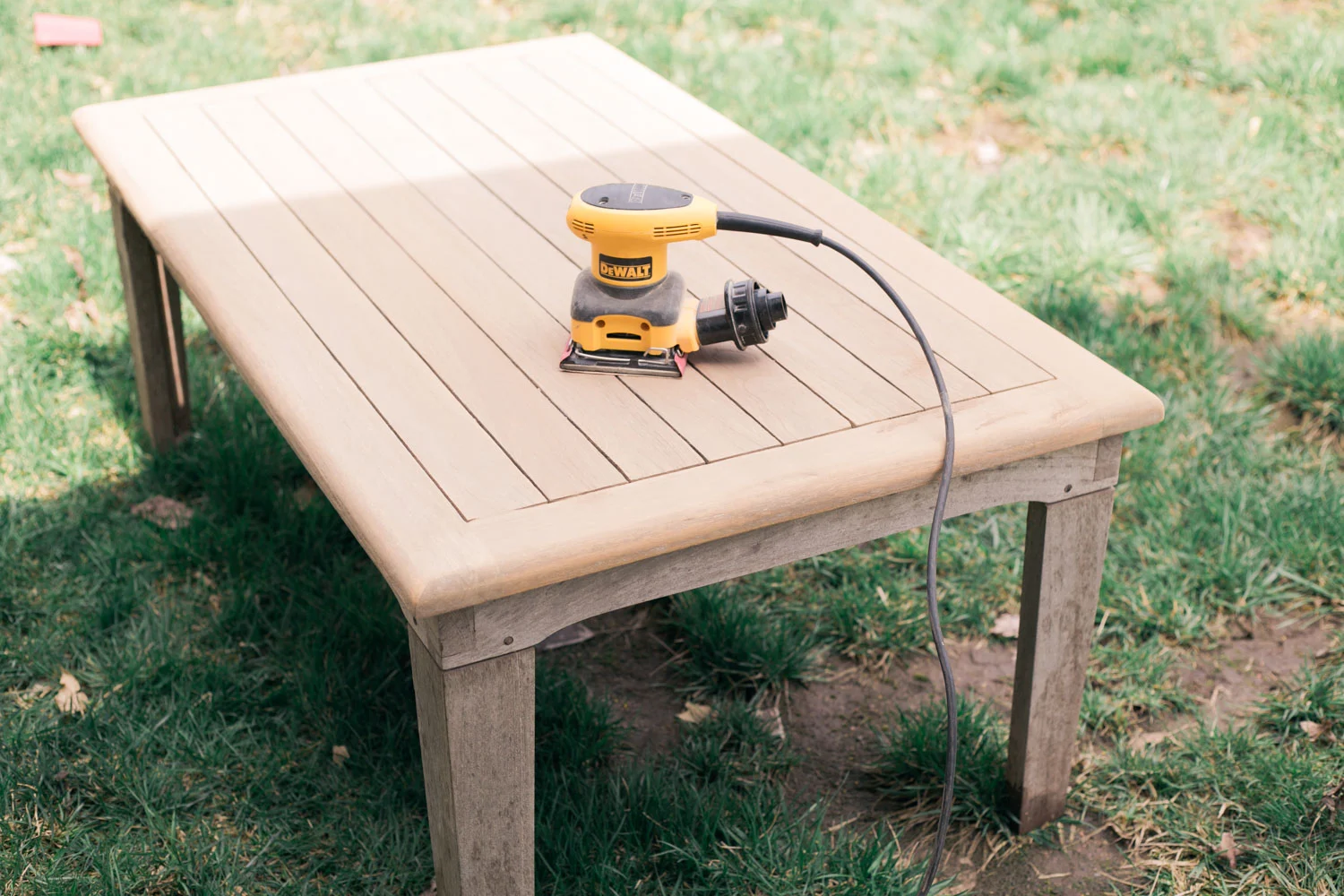
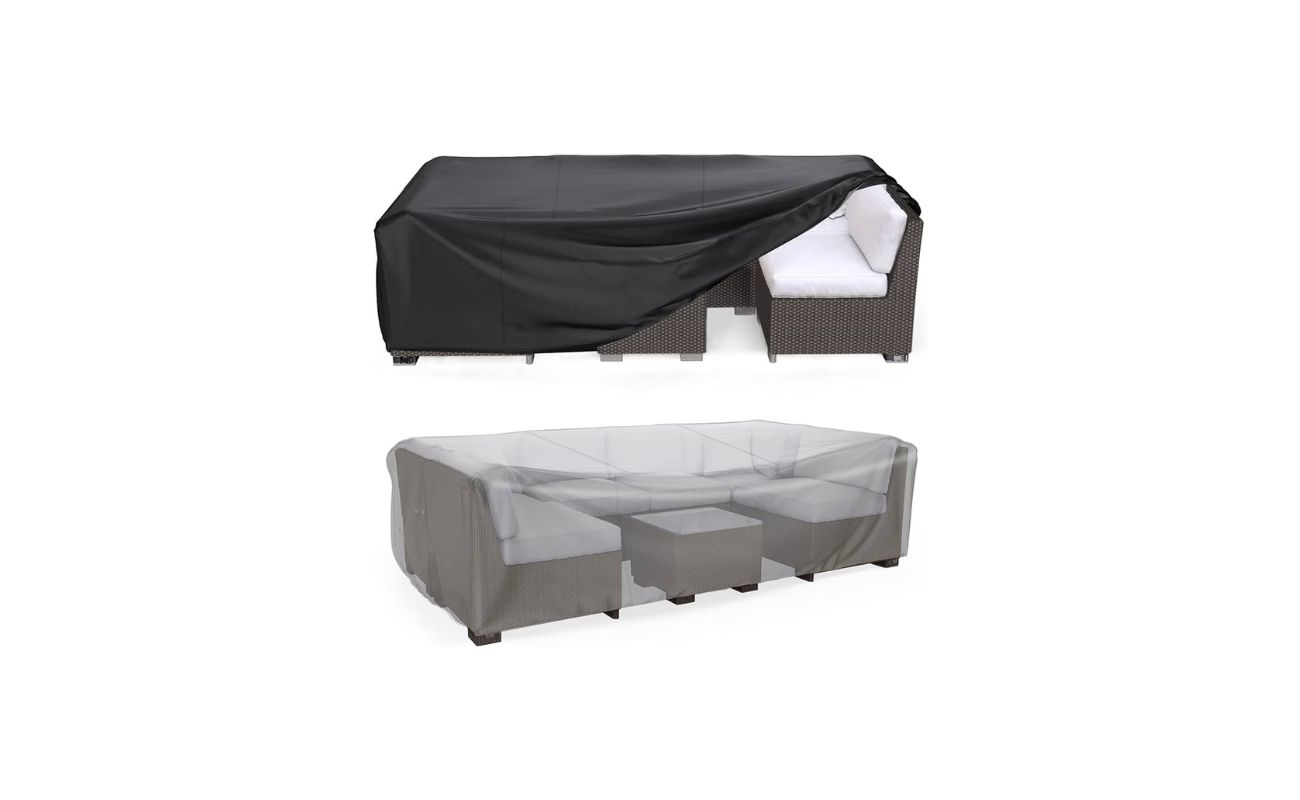
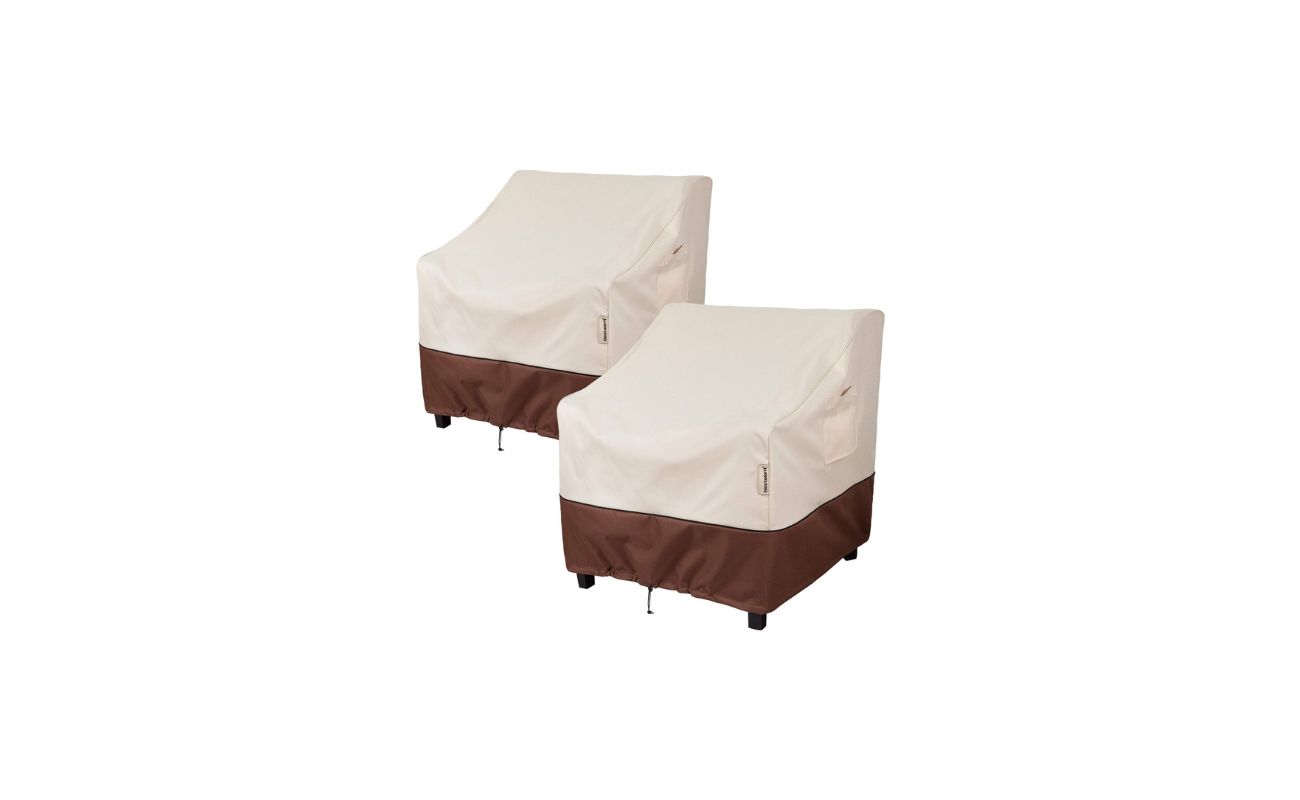
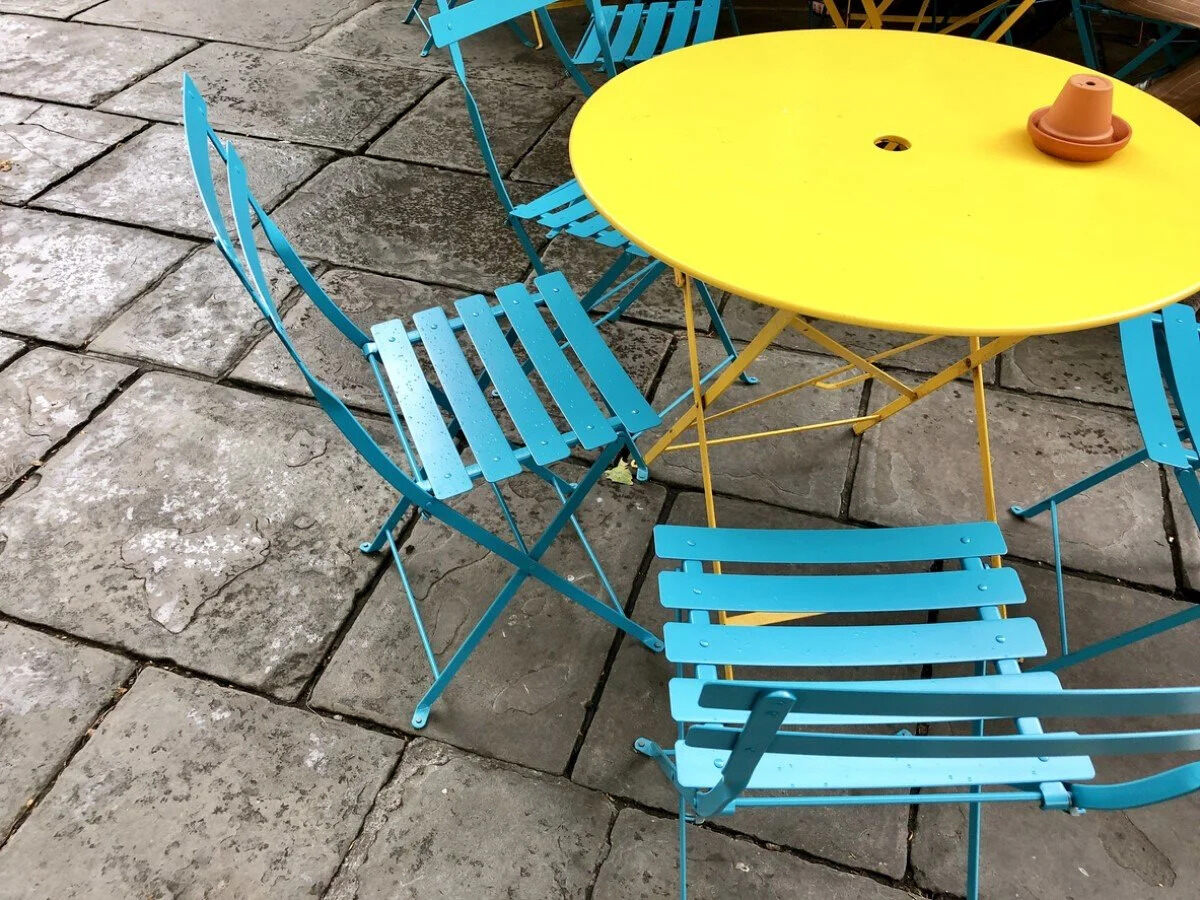
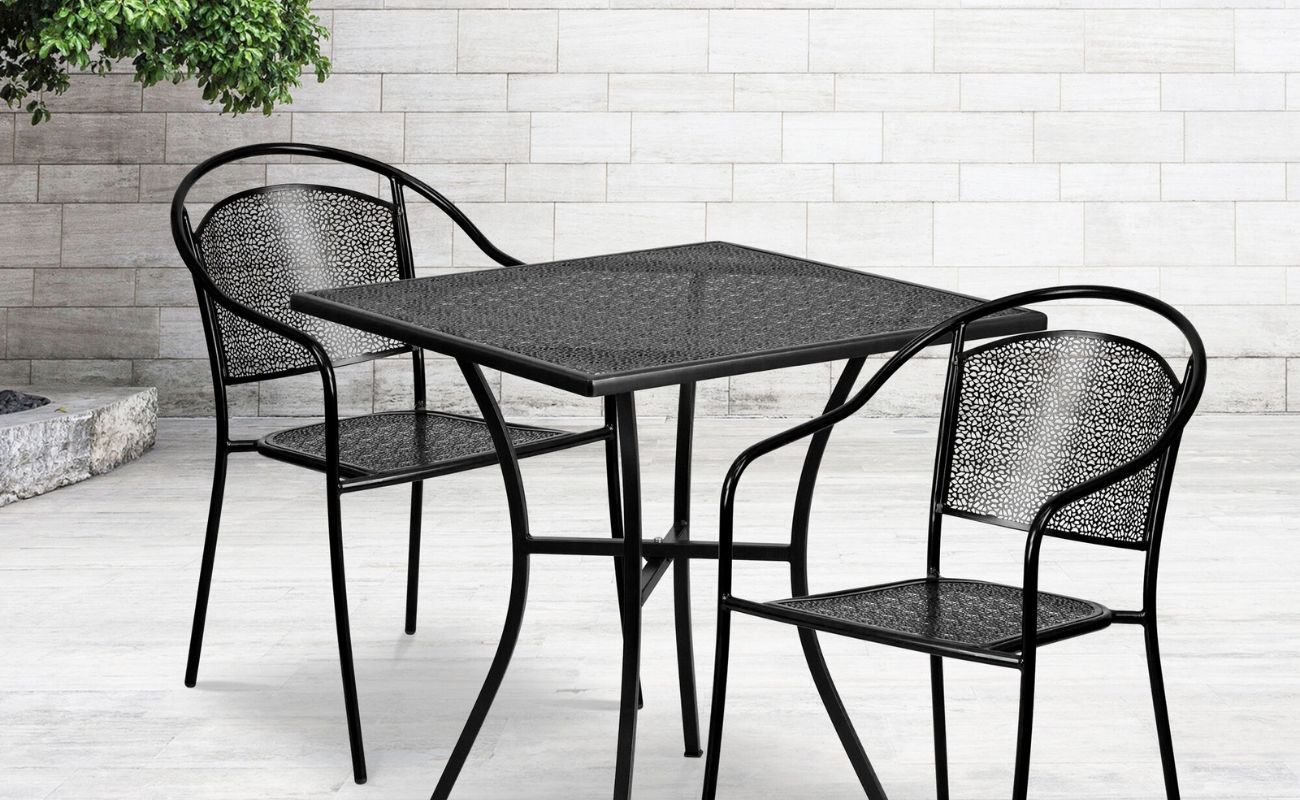
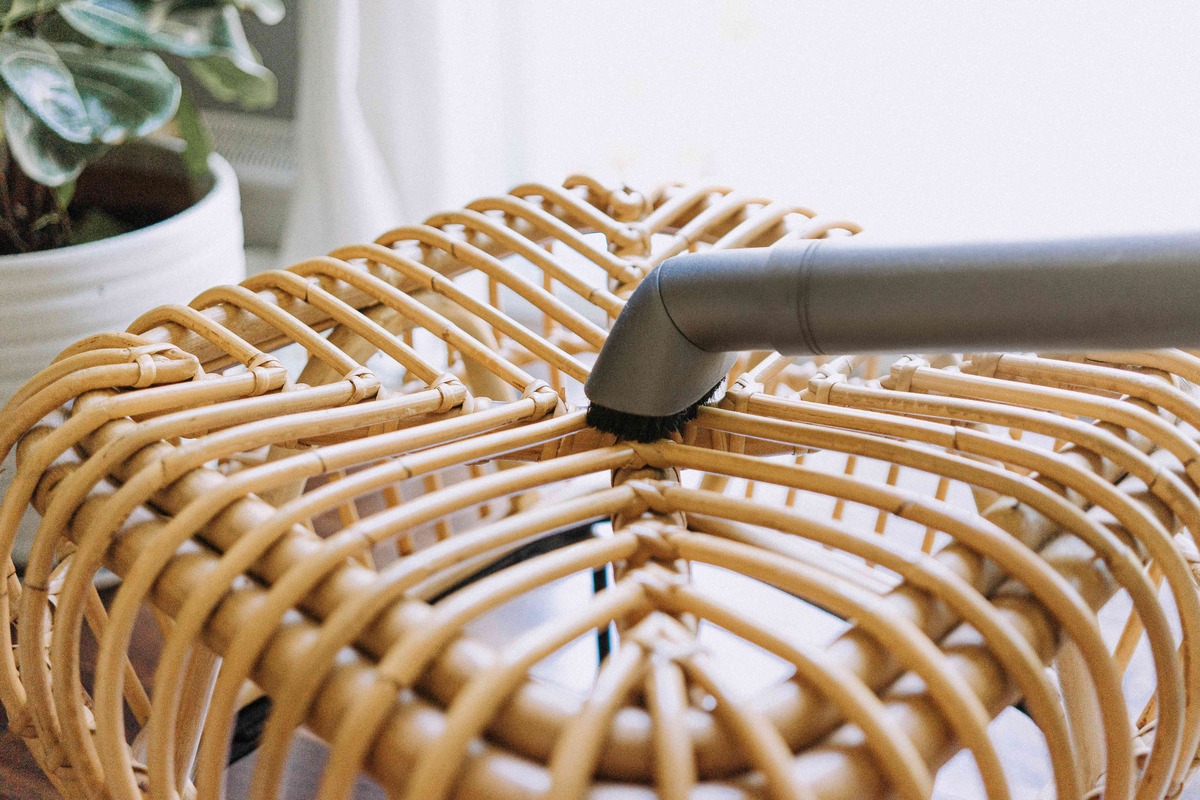
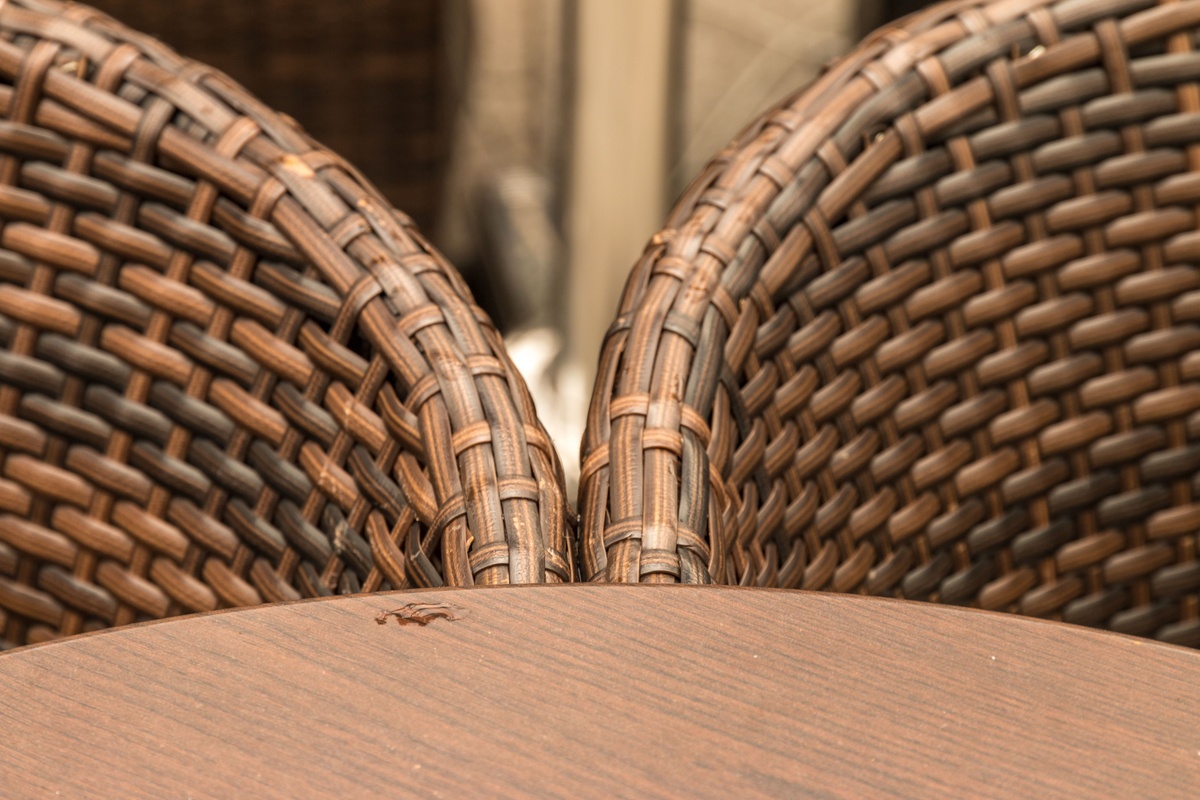
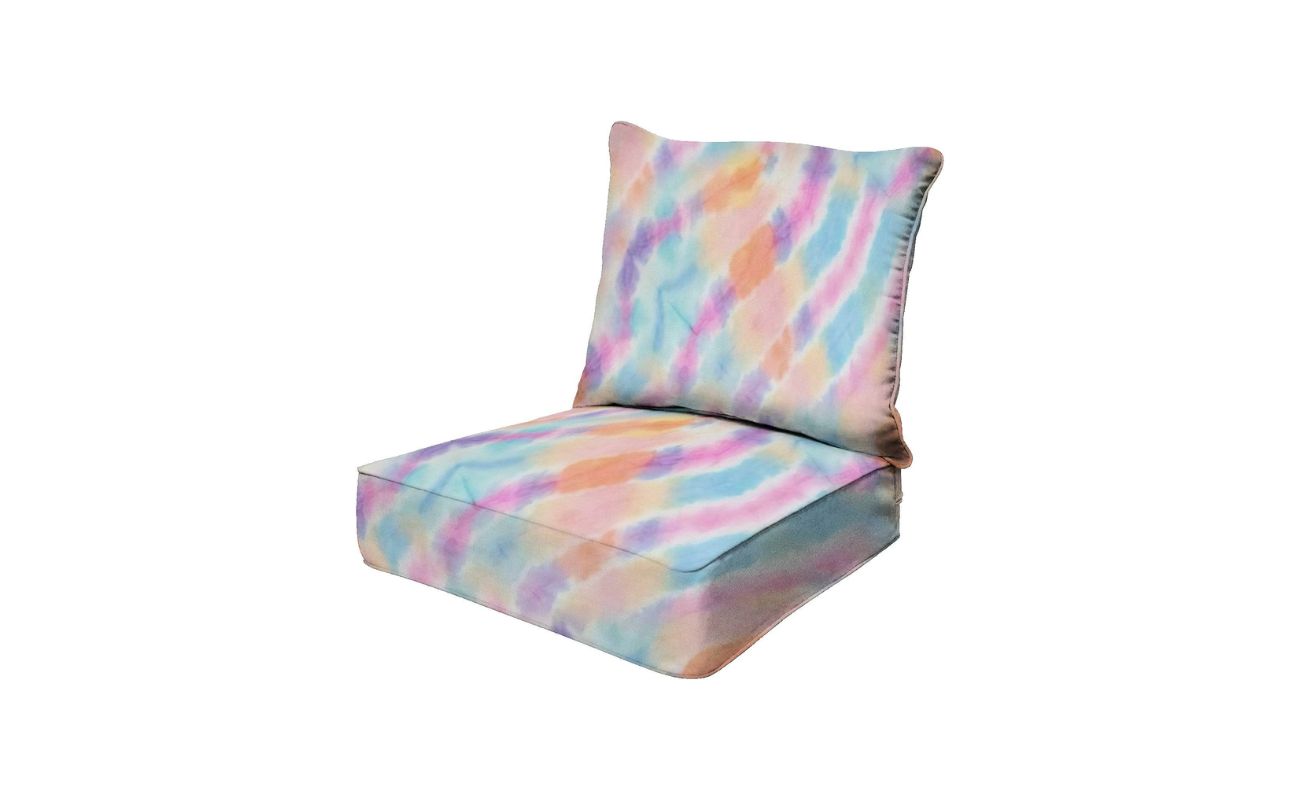
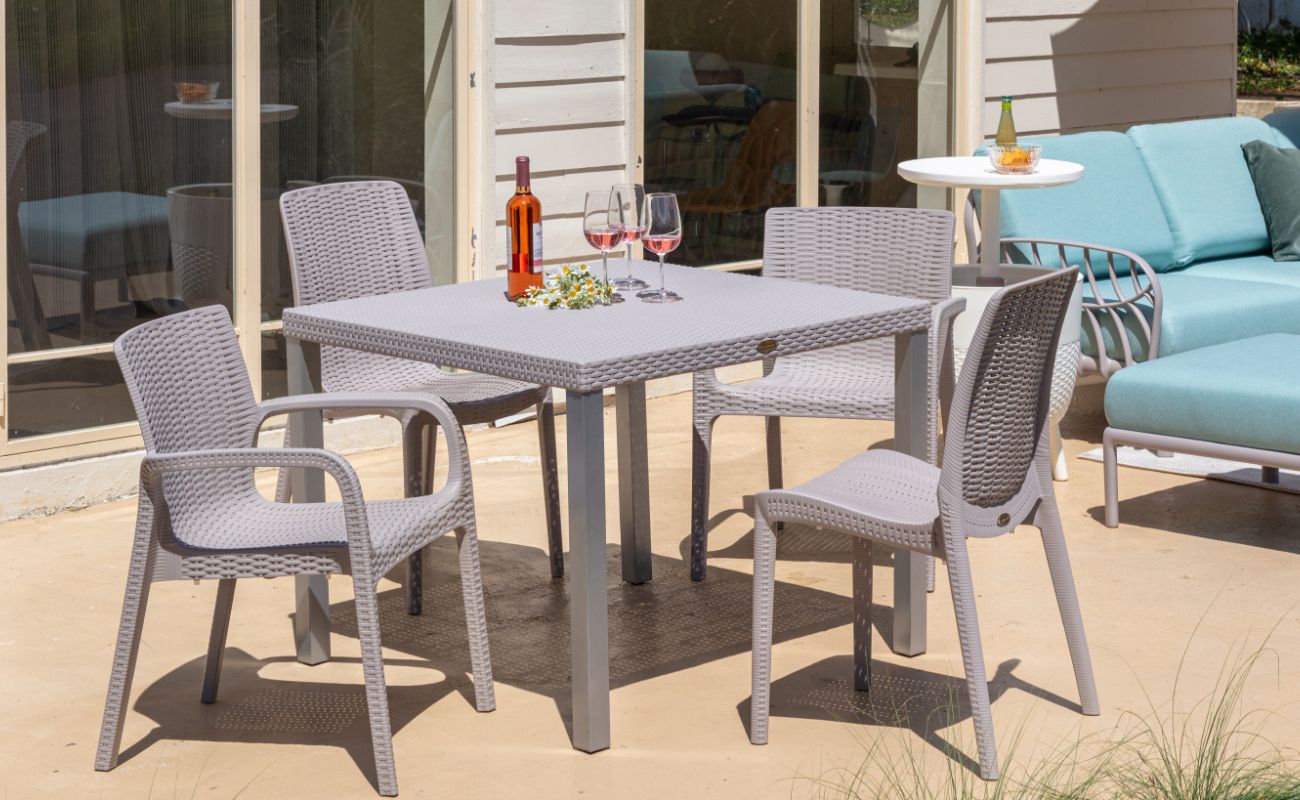
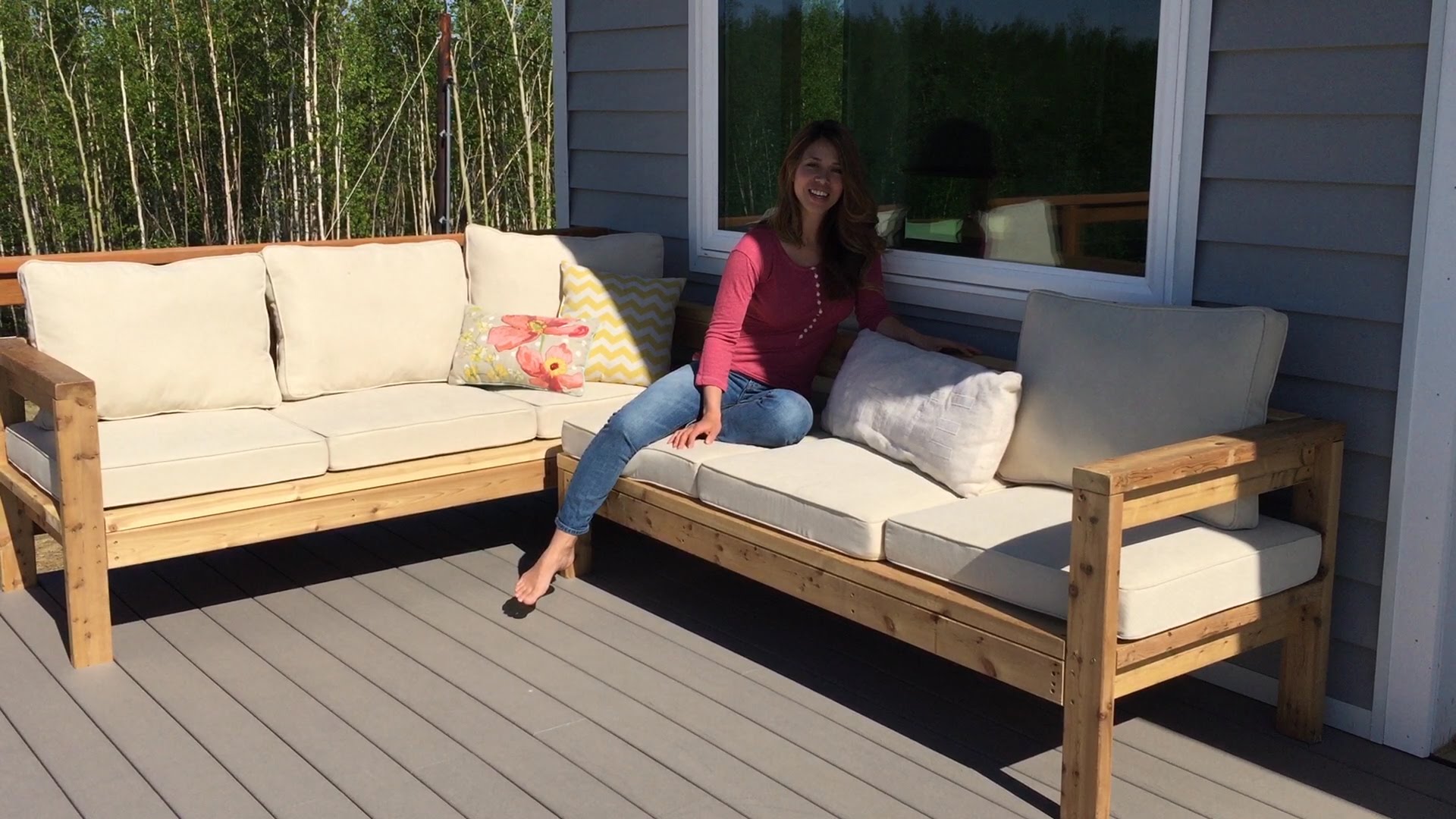
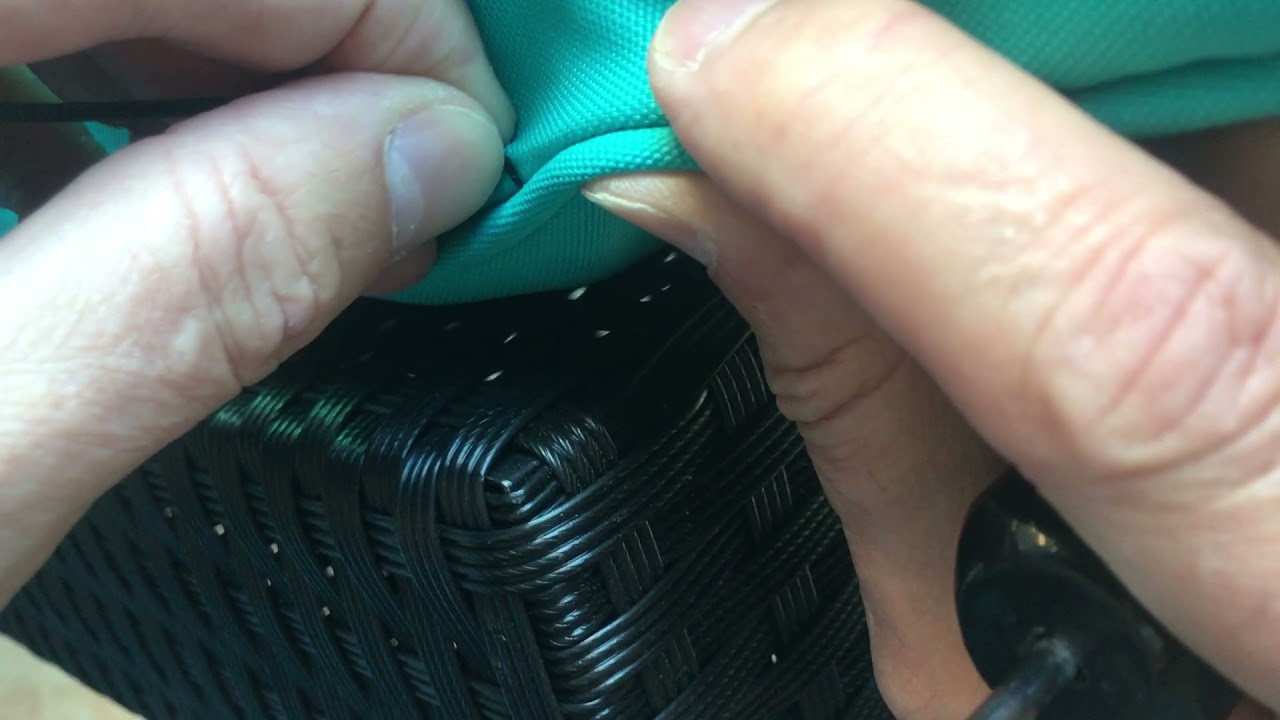
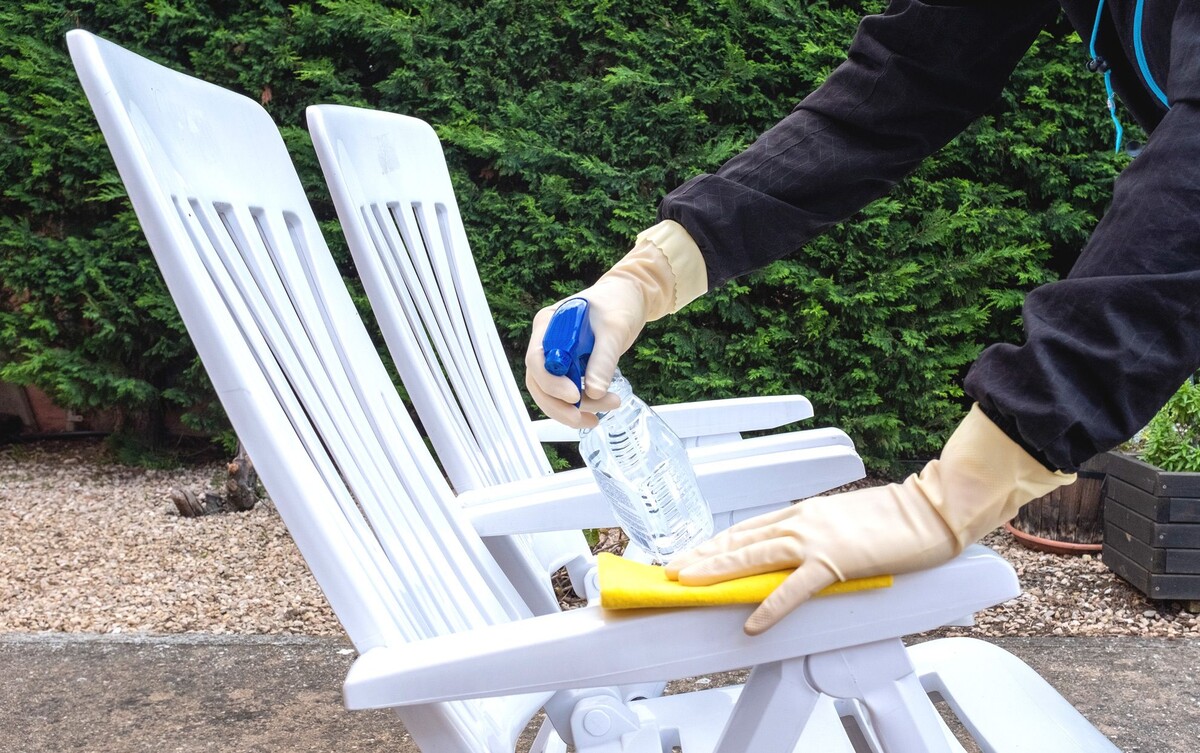
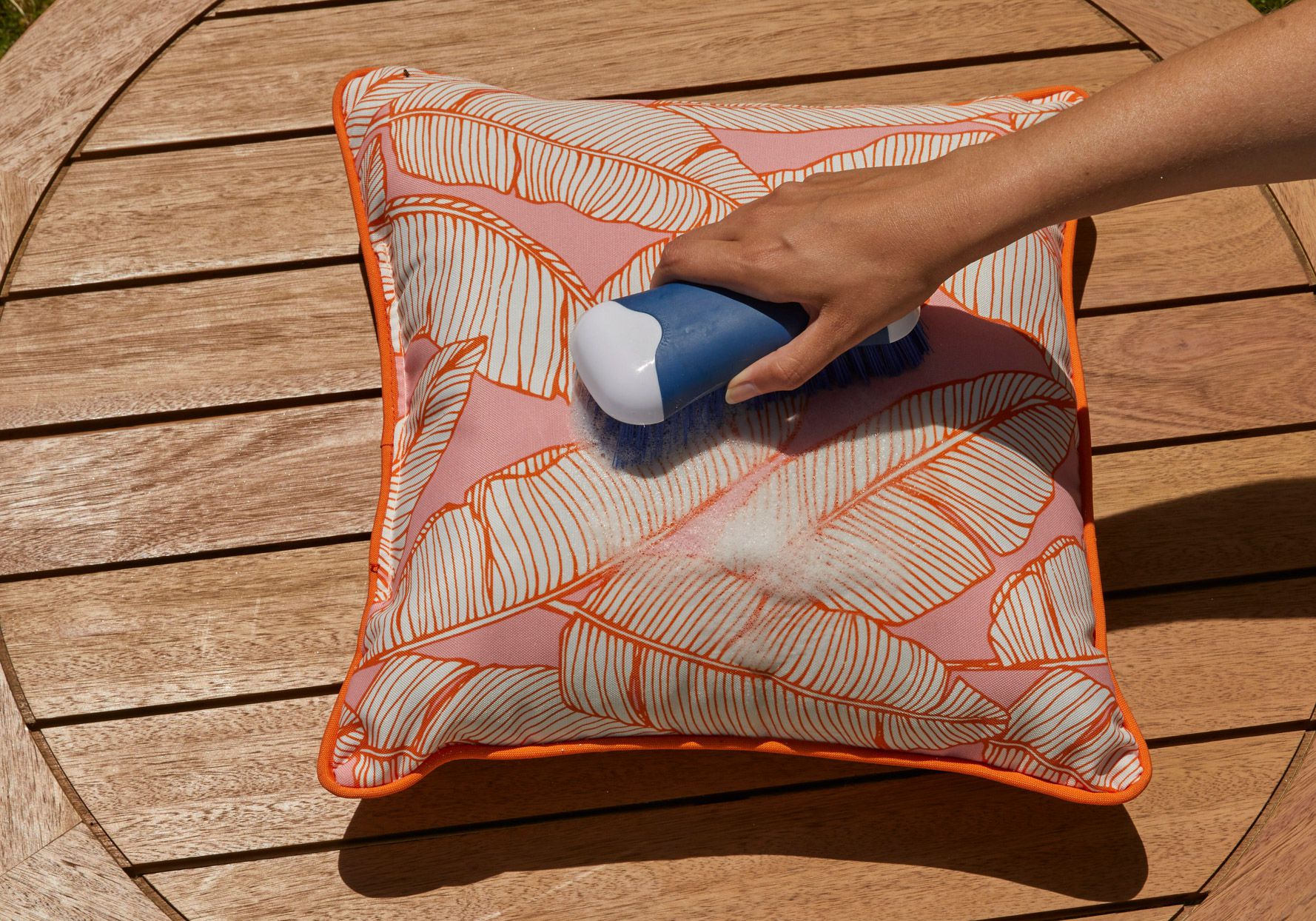

0 thoughts on “How To Store Patio Furniture”